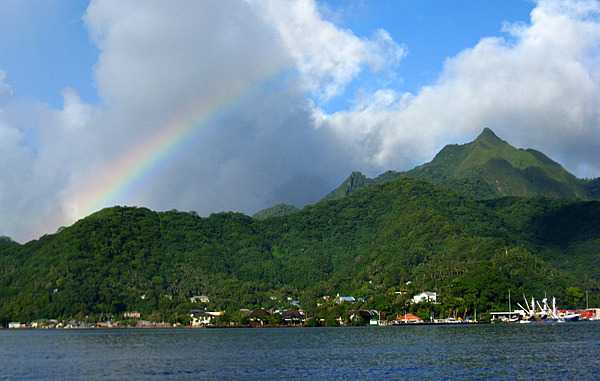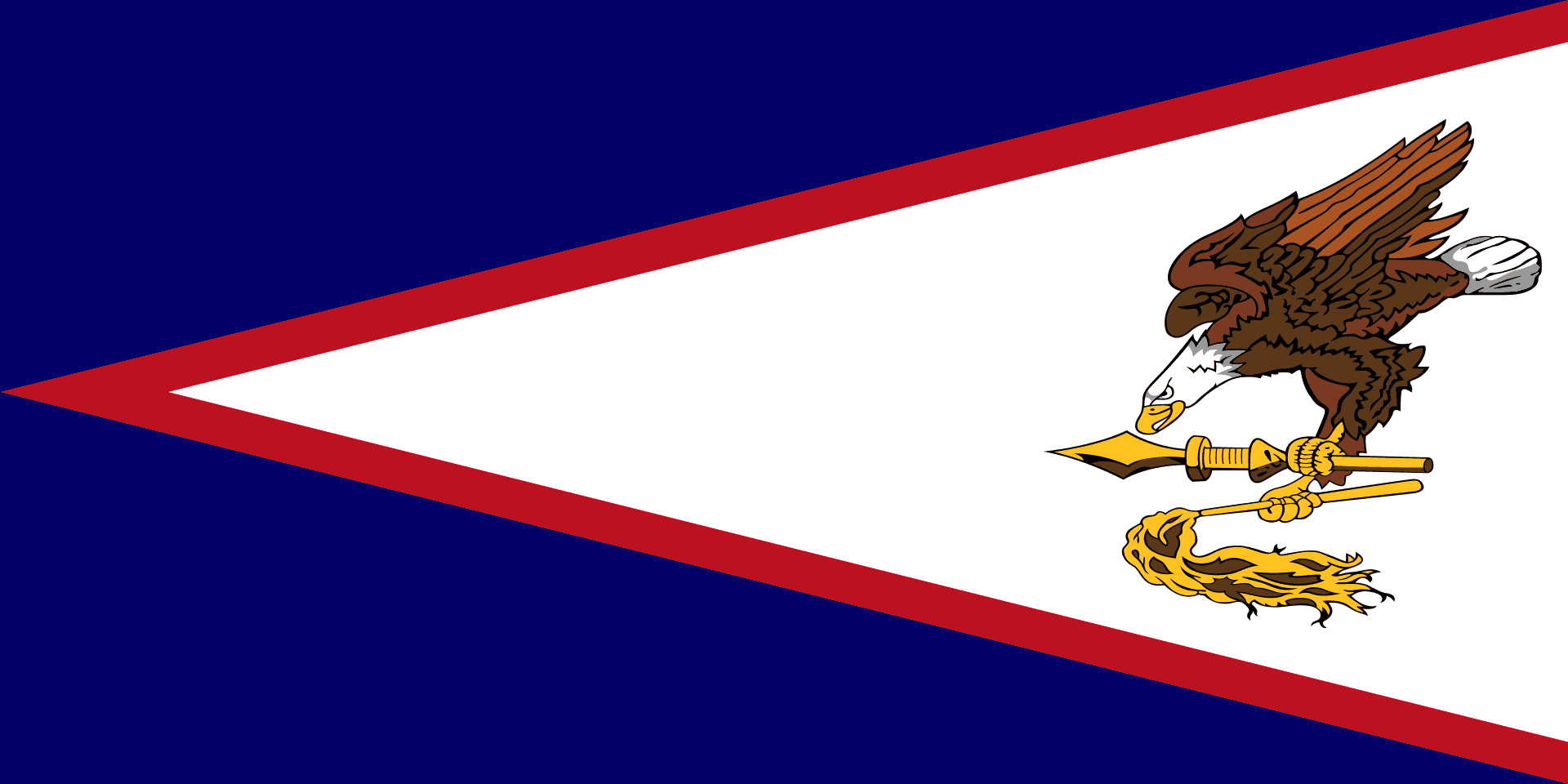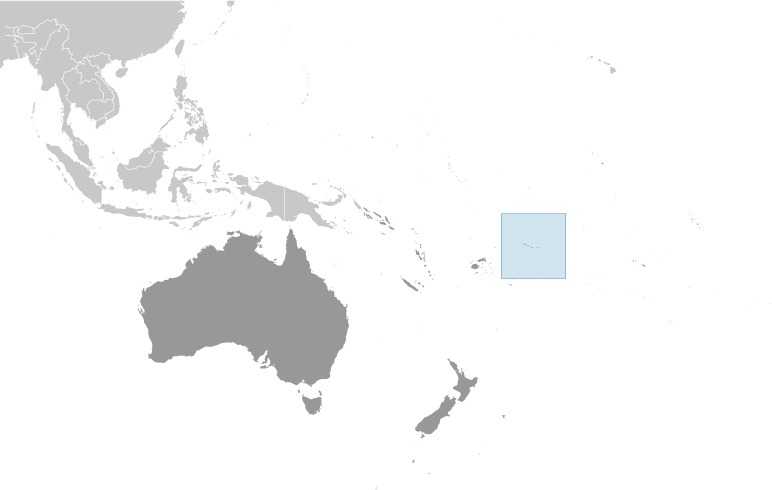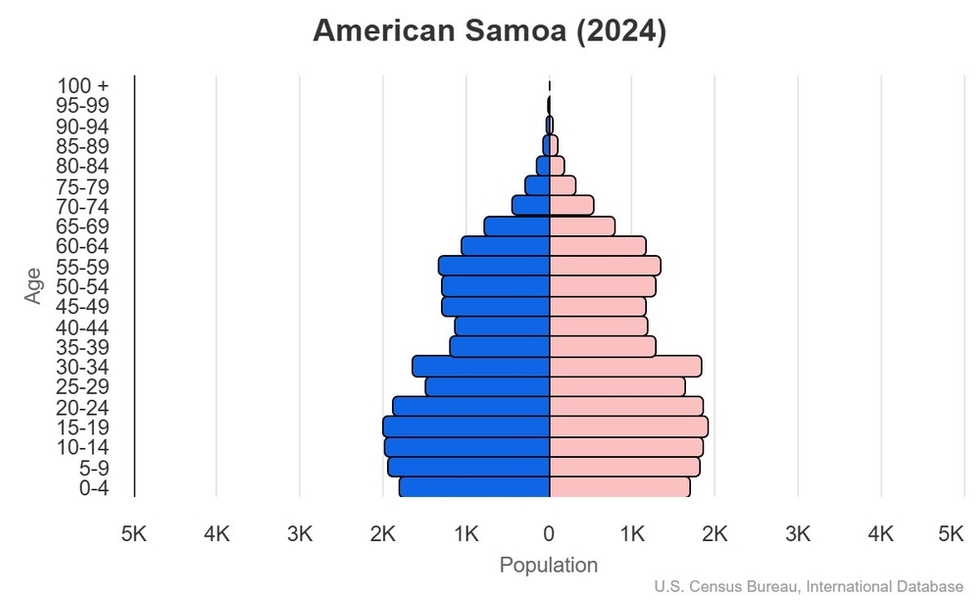Introduction
Tip
Visit the Definitions and Notes page to view a description of each topic.
Geography
People and Society
Population
comparison rankings: total 211; male 211; female 211
Median age
comparison ranking: total 135
Population growth rate
comparison ranking: 235
Birth rate
comparison ranking: 106
Death rate
comparison ranking: 137
Net migration rate
comparison ranking: 229
Infant mortality rate
comparison ranking: total 134
Life expectancy at birth
comparison ranking: total population 122
Total fertility rate
comparison ranking: 103
Environment
Carbon dioxide emissions
comparison ranking: total emissions 192
Government
Economy
Real GDP (purchasing power parity)
comparison ranking: 209
Real GDP growth rate
comparison ranking: 158
Energy
Electricity
comparison rankings: installed generating capacity 196; consumption 192; transmission/distribution losses 21
Energy consumption per capita
comparison ranking: 59
Communications
Telephones - fixed lines
comparison ranking: total subscriptions 187
Telephones - mobile cellular
comparison ranking: total subscriptions 224




